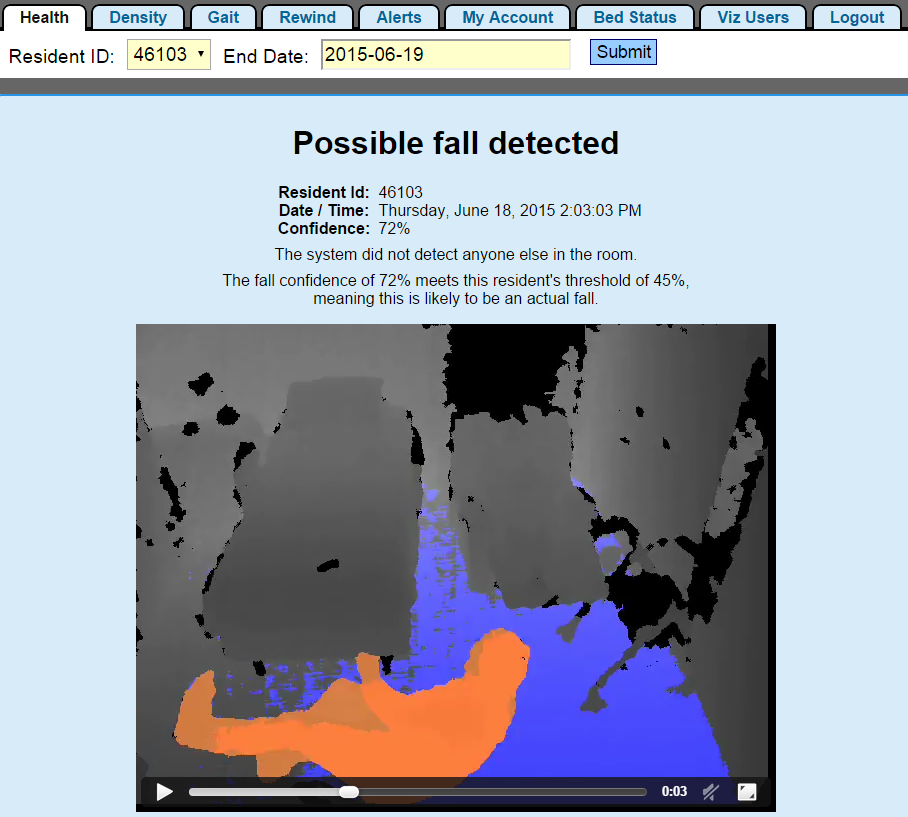Healthcare In Place (C2SHIP) unites the best minds in academic medical and engineering disciplines with leaders in biomedical industry to research, develop and promote in-place care technologies for managing chronic health conditions in the home. The Center will accelerate innovation through partnerships, multi-specialty collaborations, and resource sharing. C2SHIP will prepare an educated workforce to promote wellness through self-care technologies.
Projects
Predicting ALS Outcomes Based on Networked Passive Sensors
The research team proposes to expand and adapt this existing sensor platform to work with people living with ALS. Researchers will add wrist-based wearable sensors (like a smart watch or fitness tracker) to the system, adding the ability to track indicators like blood oxygen saturation and activity outside of the home. Researchers will first test […]
Principal Investigator: William Edward Janes
Agency: Department of Defense
Reducing COVID-9 Related Disability in Rural Community-Dwelling Older Adults Using Smart Technology
Project Summary/Abstract. Over 85% of Missouri is rural and individuals in these rural areas are older and have reduced access to regular healthcare as compared to individuals living in urban areas of Missouri. Those with disabilities, particularly older adults, are at higher risk for contracting COVID-19. There is a critical need to reduce disability and […]
Principal Investigator: Rachel Proffitt
Agency: NIH
Development and Acceptability of an Ambient In-Home Activity Assessment Tool for Stroke
Specific Aims. Development and Acceptability of an Ambient In-Home Activity Assessment Tool for Stroke Stroke is the leading cause of serious, long-term disability in the United States [1]. Every year, approximately 800,000 people experience a new or recurrent stroke [1]. Due to advances in acute neurological care, nearly 85% survive and many live with the […]
Principal Investigator: Rachel Proffitt
Agency: NIH
Customized Health Alerts and Consumer-Centered Interfaces Using In-Home and Wearable Sensors
Sensing technologies hold enormous potential for early detection of health changes that can dramatically affect the aging experience. Embedded health assessment can enable functional independence, improve self-management of chronic or acute conditions, and thus, improve quality of life
Principal Investigator: Skubic
Agency: NIH
Customized Health Alerts and Consumer-Centered Interfaces for ADRD Patients and Family
Sensing technologies hold enormous potential for detecting and tracking health changes that can dramatically affect the aging experience. Embedded health assessment can improve management of chronic or acute conditions, and thus, improve quality of life. Problems in chronic disease management are often the cause of losing independence for aging Americans.
Principal Investigator: Skubic
Agency: NINR
Linguistic Summarization of Sensor Data for Early Illness Recognition in Eldercare
Extracting information from the sensors installed in the homes of elderly pose a unique set of challenges. Add to it the short amount of time the clinicians and nurses have to analyze this data, and the problem becomes more complicated. The ongoing work in this project focuses on development of algorithms to glean information from in-home sensor data and then presenting it in the form of textual summaries using Natural Language Generation techniques.
Principal Investigator: Popescu
Agency: NLM
Bed Sensor Development for In-Home Cardiac and Respiration Monitoring
In the United States, 37% of the population is affected by cardiovascular related diseases. In order to avoid fatal consequences, in-home monitoring systems have been under development for the purpose of detecting early signs of cardiovascular abnormalities. Monitoring the heart rate and other cardiac parameters during sleep can provide critical information about the health of a subject.
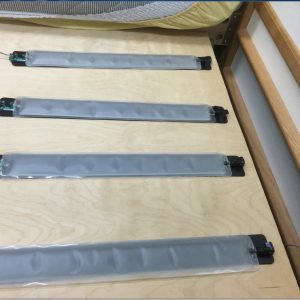
Agency: NSF
Physical Therapist Functional Assessment Tool
We are developing an application to automate data collection for the physical function assessments that are normally measured manually by physical therapists or nurses. The assessment tool will be used every 6 months to assess older adults’ functional movement and range of motion as part of the Health Kiosk project.
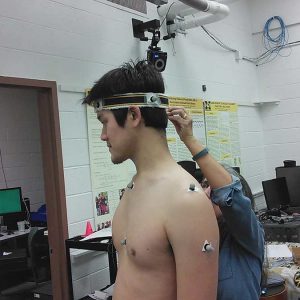
Principal Investigator: Skubic
Agency: AHRQ
US Ignite: EAGER: GENI-Enabled In-Home, Personalized Health Monitoring and Coaching
We have tested our monitoring and health alert system in TigerPlace, an aging in place facility near the University of Missouri campus in Columbia, MO and, more recently, in assisted living in Cedar Falls, IA. The proposed project will build on this work with an innovative, interactive healthcare service. The monitoring system with health alerts will be introduced into independent housing in Kansas City. A new interactive exercise coaching interface will connect a remote physical therapist to senior clients in the home. GENI-enabled networking will be incorporated to support interactive monitoring and coaching that operates in real-time.
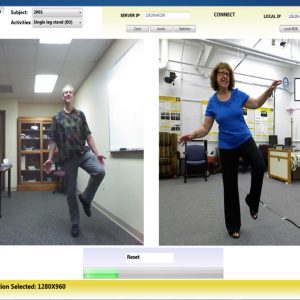
Principal Investigator: Skubic
Agency: NSF
Measuring the Alignment of Piano Students for Injury Prevention
This project is a collaboration between three different disciplines: Music, Engineering and Health Science. The long-term goal is to develop strategies for injury-prevention in undergraduate piano students. Common causes of injury among young pianists are: skeletal misalignment, excessive muscular tension and repetitive stress injury.
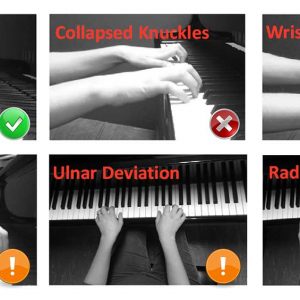
Principal Investigator: Savvidou
Agency: Mizzou Advantage
Intelligent Sensor System for Early Illness Alerts in Senior Housing
In this randomized controlled study, we are investigating and refining health alerts produced by environmentally-embedded in-home sensor networks designed to detect early signs of health change and functional decline in older adults, the keys to successful intervention.
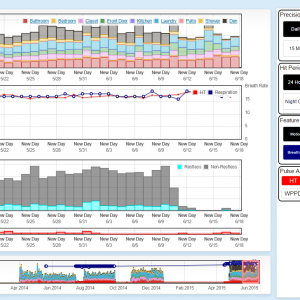
Principal Investigator: Rantz
Agency: NIH
Portable Inexpensive Motion Analysis System to Identify Female Athletes at High Risk of Knee ACL Tear
The general objective is to develop and test a prototype ACL Gold computer software utilizing the Microsoft Kinect motion sensor that includes a screening tool and intervention to help prevent ACL tears in female youth athletes. The program measures the knee abduction angle during specific jumping and cutting tasks.
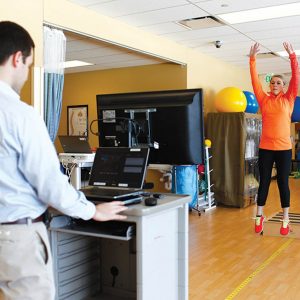
Principal Investigator: Gray
Agency: Mizzou Advantage
EAGER: An In-Home Health Alert System with Remote Care Coordination
In this project, we test the concept in senior housing in Cedar Falls, Iowa, using in-home sensors and remote video conferencing for the nurse care coordination. Fiber networking in Columbia and Cedar Falls will provide the bandwidth and latency essential for this approach. Previous system development is utilized and a new hydraulic bed sensor has been integrated. The sensor configuration also includes the team’s previous work with the Kinect depth images for extracting gait parameters of residents in the home.
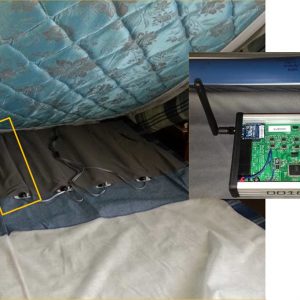
Principal Investigator: Skubic
Agency: NSF
SHB: Computational Algorithms for Predictive Health Assessment
The main goal of this work was to develop algorithms for early illness recognition in elderly. Early illness recognition (EIR) is important, as research has shown that results in better medical outcomes and a reduction in health care cost. We developed methodologies (see Figure 1) that link sensor data to the medical (nursing) records for monitoring the residents of TigerPlace, an aging in place community from Columbia, Missouri.
Principal Investigator: Popescu
Agency: NSF
HCC: Human-Driven Spatial Language for Human-Robot Interaction
Human subject experiments will be conducted with college students and elderly participants to explore spatial descriptions in a fetch task; results will drive the development of robot algorithms, which will be evaluated using a similar set of assessment experiments in virtual and physical environments.
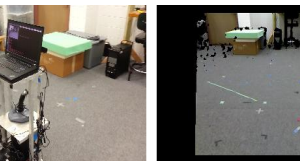
Principal Investigator: Skubic
Agency: NSF
Technology to Automatically Detect Falls and Assess Fall Risk in Senior Housing
Building on our current work, we propose to validate and deploy an innovative technological approach that automatically detects when falls have occurred or when the risk of falls is increasing. Subjects will not have to press buttons, pull cords or wear any devices. This new “passive” approach using sensors in the home could revolutionize detecting and preventing falls as well as measuring fall risk.
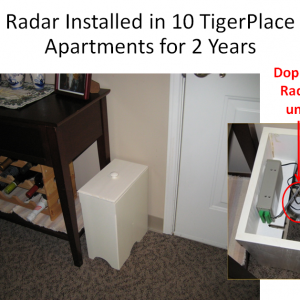
Principal Investigator: Rantz
Agency: AHRQ
Active Heterogeneous Sensing for Fall Detection and Fall Risk Assessment
We leverage ongoing research at a unique local eldercare facility (TigerPlace) to study active sensing and fusion using vision and acoustic sensors for the continuous assessment of a resident’s risk of falling as well as the reliable detection of falls in the home environment. The project investigates the interplay between fall detection and fall risk assessment.
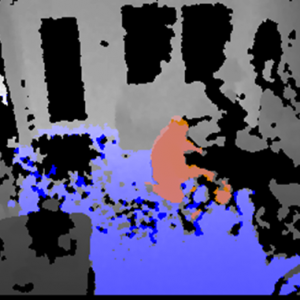
Principal Investigator: Skubic
Agency: NSF
HCC: Elder-Centered Recognition Technology for the Assessment of Physical Function
Researchers at the University of Missouri-Columbia and the University of Washington have established a multidisciplinary team comprised of researchers in computer science and engineering, nursing, and medical informatics dedicated to developing and evaluating technology to keep older adults functioning at higher levels and living independently. We have leveraged ongoing research at a unique local eldercare facility (TigerPlace) to study vision-based recognition methods for multi-person environments designed to capture continuous and automated assessments of older adults’ physical function.
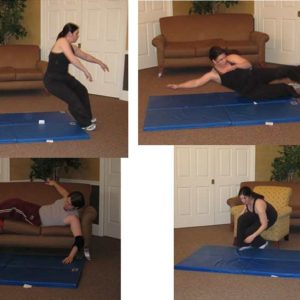
Principal Investigator: Skubic
Agency: NSF
A Smart Carpet: Technology for Persons with Alzheimer’s Disease
We propose a carpet with pressure sensors distributed throughout the floor with an average of 10 sensors per square foot sheet; these will be incorporated onto flooring material such as carpeting, flexible tiles or linoleum. We will be able to “see” the person’s footsteps, assess their gait, and identify their location.
Principal Investigator: Tyrer
Agency: Alzheimer's Association
Automated Activity Analysis for Eldercare
Our objective is to explore new information technologies to assist the independent living of elderly people and enhance their quality of life at home, while utilizing the time and attention of caregivers and eldercare specialists in the highest efficiency.
Principal Investigator: He
Agency: NIH
Building Interdisciplinary Geriatric Health Care Research Centers Initiative
The overall objective of our RAND/Harford Interdisciplinary Geriatric Health Care Research Center is to promote interdisciplinary research with a special focus on development of innovative clinical and health services interventions for older adults. We will impart to junior faculty and graduate students the needed attitudes, knowledge, and skills for conducting relevant interdisciplinary research related.
Principal Investigator: Rantz
Agency: Hartford Foundation, RAND
Technology to Enhance Aging in Place at TigerPlace
The dream of older Americans is to remain as active and independent as possible for as long as possible. They want to age in place, not in institutions like nursing homes. Recently, enabling technology in the form of low cost sensors, computers, and communications systems has become available, which with supportive health care services makes the dream of aging in place a reality.
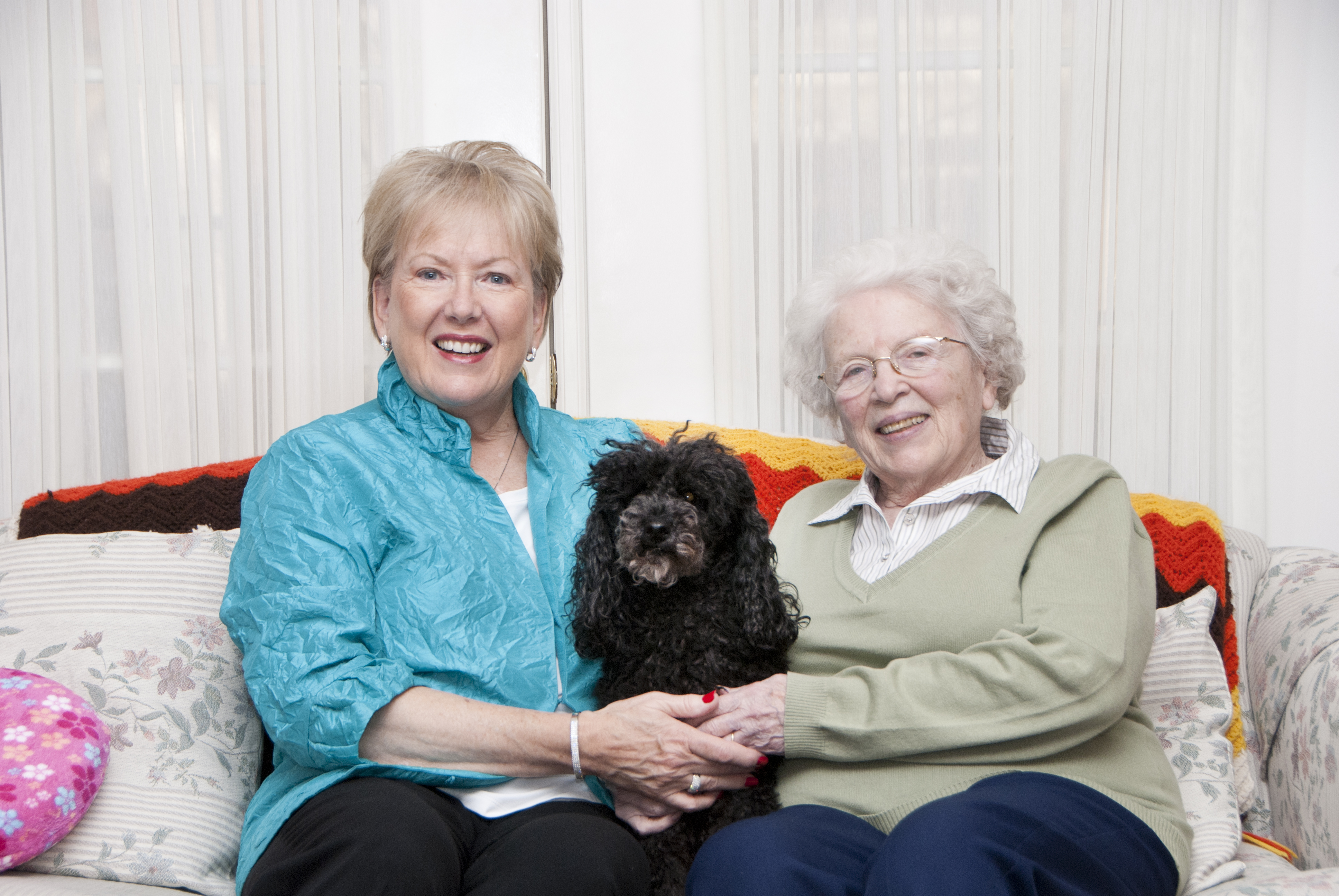
Principal Investigator: Rantz
Agency: U.S. Administration on Aging
Technology Interventions for Elders with Mobility and Cognitive Impairments
Americans are living longer and more fulfilled lives, and they desire to live as independently as possible. But independent lifestyles come with risks. To address these issues, researchers are developing “smart home” technologies to help older adults remain independent at home while controlling costs. Smart homes enhance residents’ safety and monitor health conditions using sensors and other devices. Such technology can help keep older adults independent while controlling costs.
